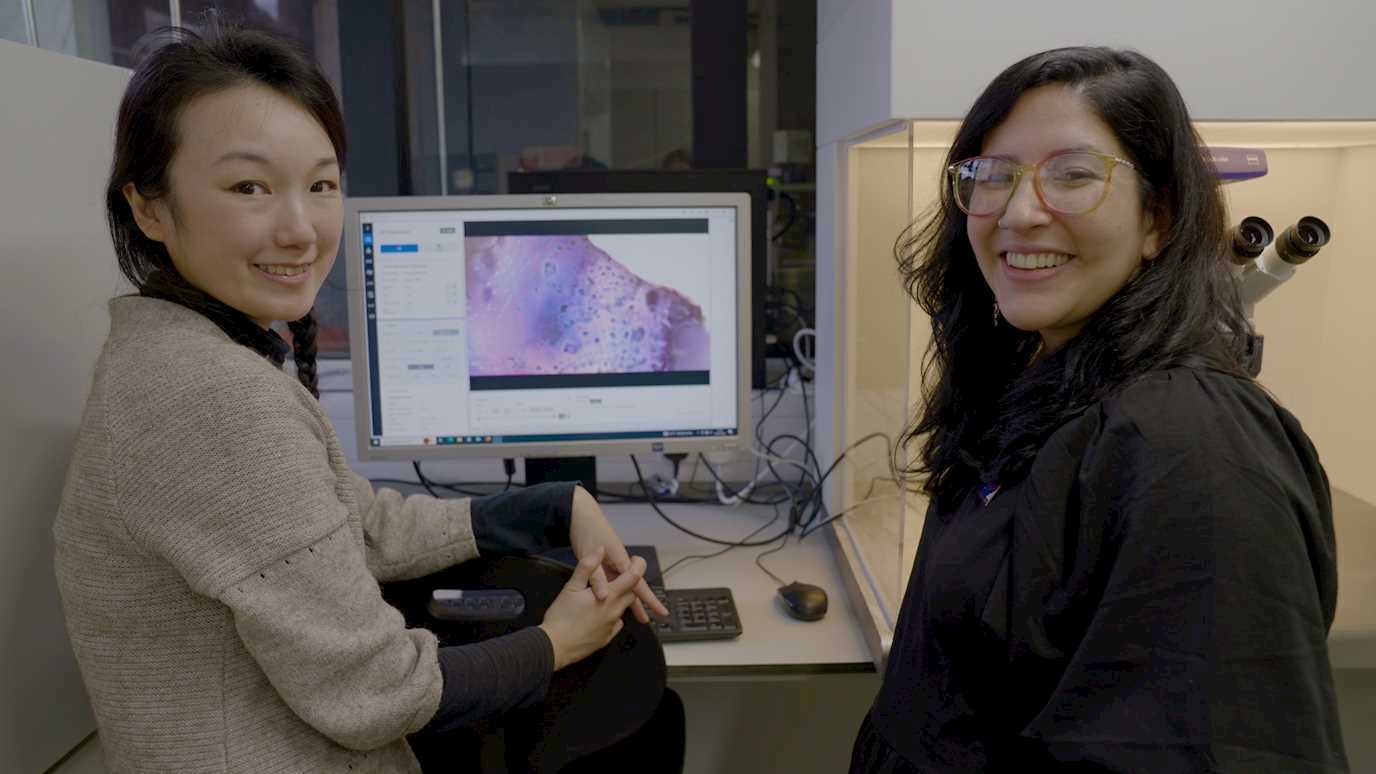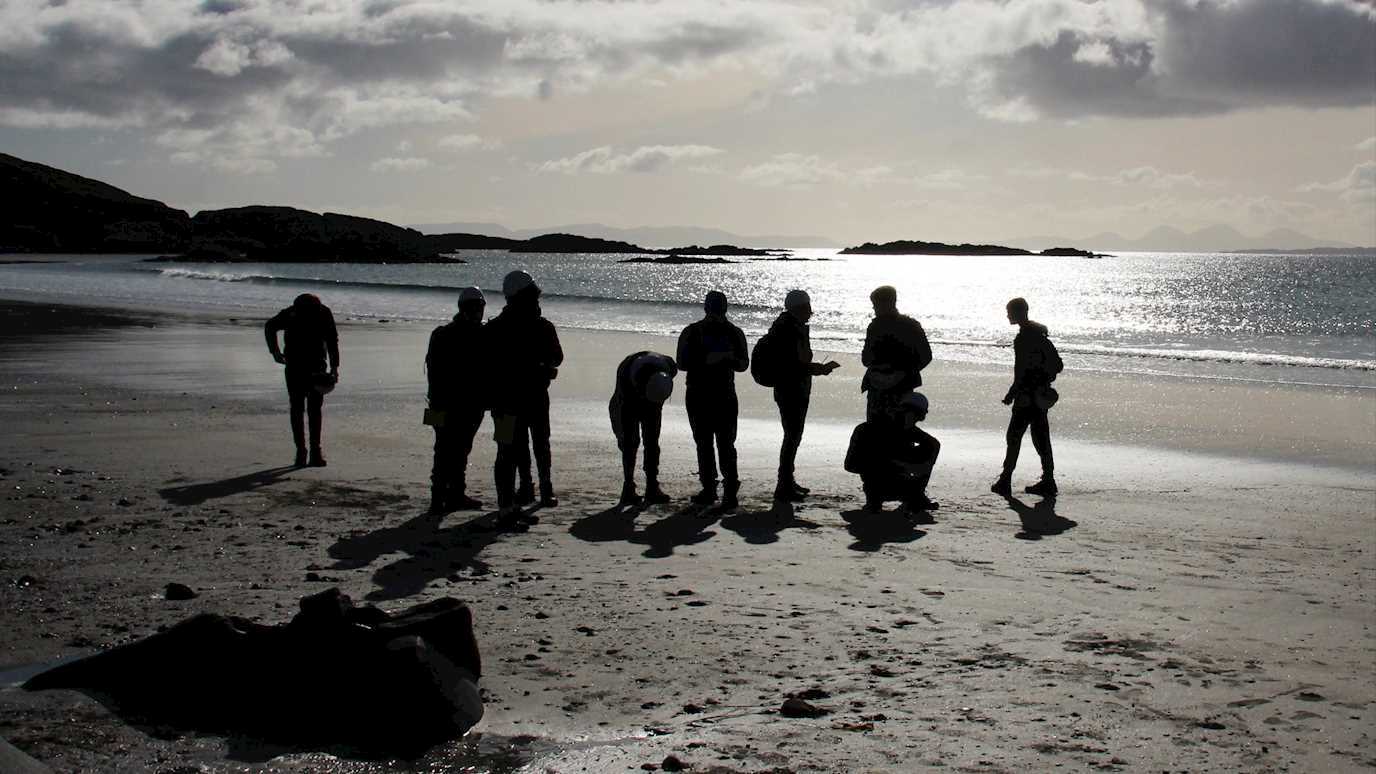Alex Dickson
Animals breath oxygen, but fossils of some of the earliest animals are found in what appears to be anoxic parts of the oceans. New research led with researchers from the University of Copenhagen, the National Geological Survey for Denmark and Greenland (GEUS) and Royal Holloway University of London, shows that fluctuations in oxygen availability at the seafloor allowed benthic animals to episodically invade in the 500 million year old Alum shale Sea in Scandinavia. This discovery settles a long standing debate between paleontologists and geochemists regarding the lifestyle and conditions required for the emergence and diversification of early animal life. The results are published in Nature Scientific Reports.
 |
| Layers covered with fossils of bottom-living organisms in the Alum Slate from Bornholm. New geochemical analyses show that the fossils were deposited during short periods during which the seabed was oxygenated. Photo: Arne Thorshøj Nielsen. |
























